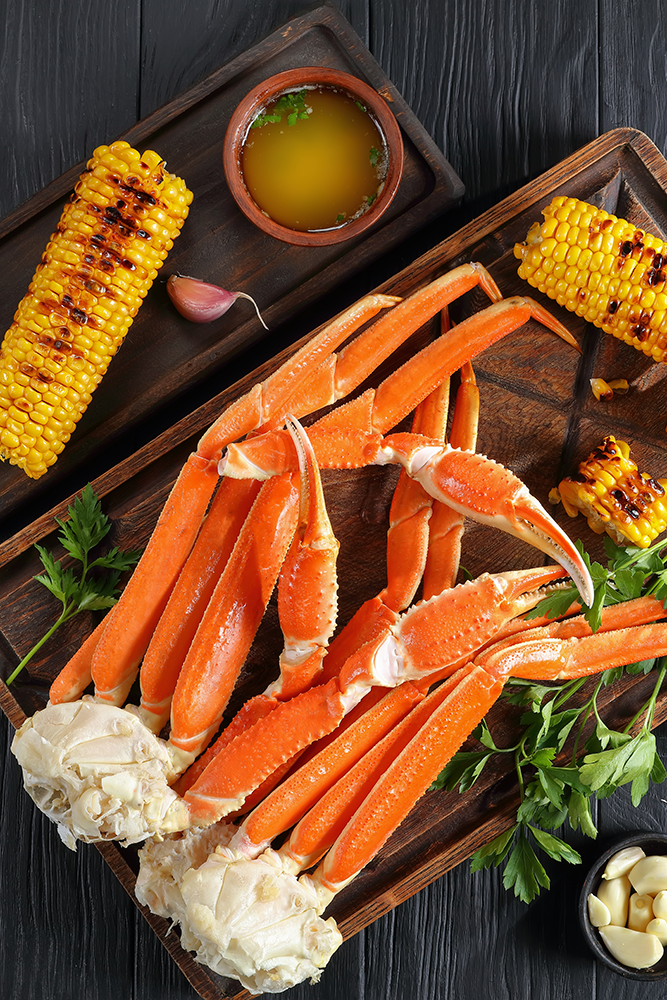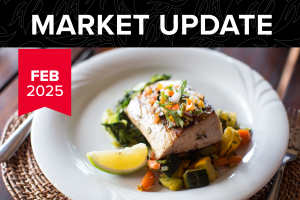Your monthly update on the state of the pork, poultry, beef, and seafood industries, direct from the category experts at Y. Hata.
Poultry
The HPAI bird flu continues to impact the poultry industry heavily as evidenced by the record high turkey prices this year. Unlike the last major outbreak in 2015 this year’s outbreak appears to be more contagious and resistant to hot temperatures when most viruses typically dissipate. Most experts foresee that the HPAI bird flu will loom over the poultry industry through 2023.
Overall, the softness in the poultry market continues as demand for all chicken parts remains flat. Heading into the colder winter months retailers have been featuring beef and pork more prominently as the proteins of choice instead of chicken. Despite declining prices, there is lukewarm demand for poultry at both the retail and foodservice levels.
- Bone-In Thighs – Demand for Bone-In Thighs has tapered off quite a bit as we continue to see lower pricing and improved availability. More recently we have started to see previously unavailable offers from packers such as Tyson.
- Boneless Skinless Thighs – Boneless Skinless Thigh prices continue to decrease weekly as consumer demand remains lackluster.
- Leg Meat – Leg Meat prices continue to decrease as packers are under pressure to move mounting inventory due to tepid demand.
- Breast Meat – Breast Meat prices have decreased to the point that we are nearing pre-COVID price levels.
- Wings – Wing prices continue to remain at historically low levels as packers struggle to find any interested buyers.
- Turkey – Turkey farmers have been severely impacted by the HPAI bird flu outbreak. Unlike chickens, turkeys appear to be more susceptible to the current strain as their movement between different life stages increases their exposure. Turkey prices have reached record highs as result of the ongoing outbreak.
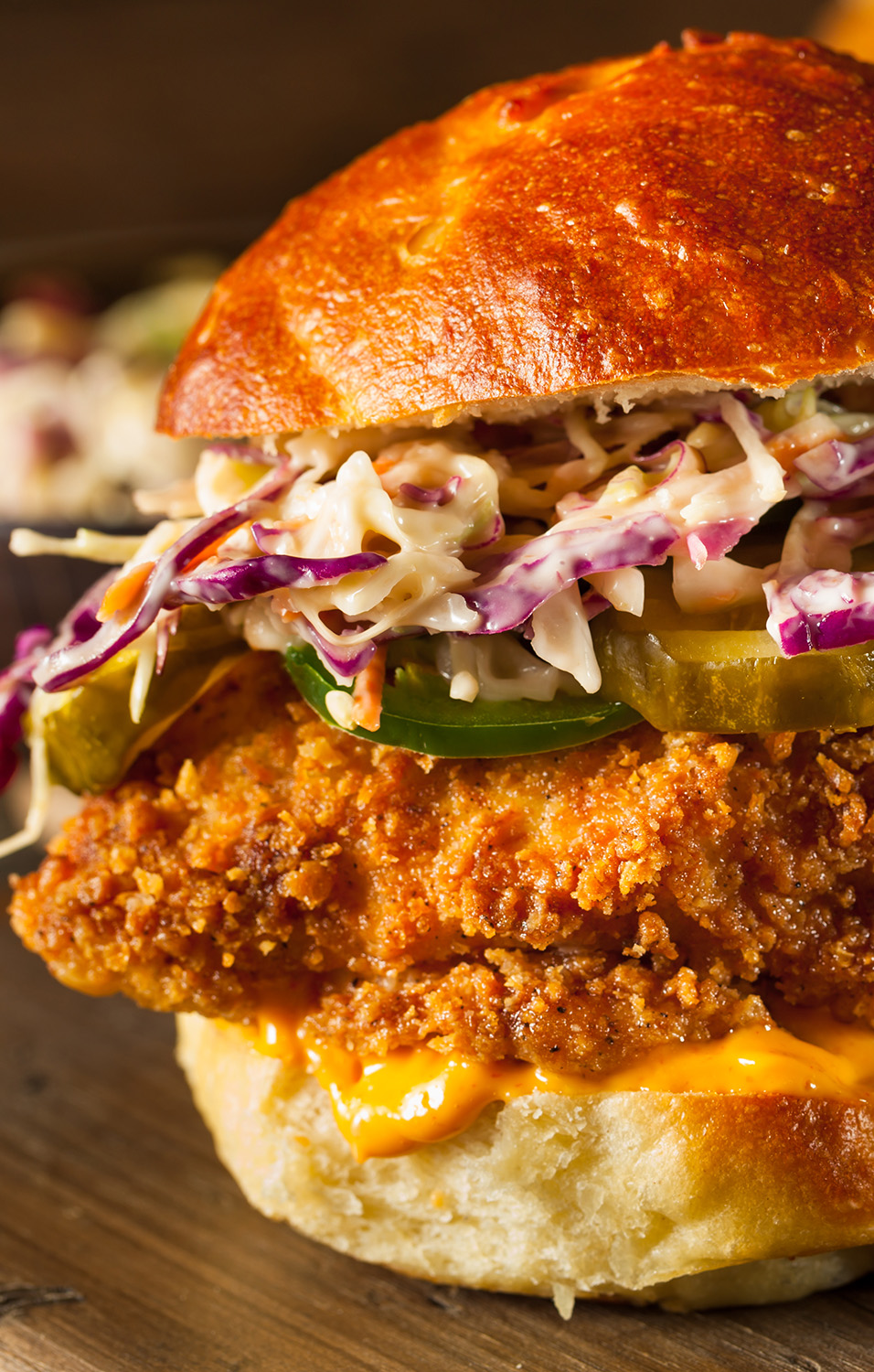
Pork
Hog production has decreased dramatically in response to high input costs for labor, fuel, fertilizer, feed, etc. Even with fewer hogs being raised, there remains adequate supply as exports have slowed down considerably on the strength of the U.S. dollar and high pork costs.
Even with ongoing inflation as the economy slows, domestic consumer demand for pork remains stable.
- Butts & Ribs – Both Boneless butt and rib prices continue to decrease weekly in the face of inflationary pressure as consumers spend less on proteins combined with reduced export volume to China. Despite softness in the market, both packers and buyers continue to take a cautious approach.
Pork & Poultry Market Outlook
Even with prices for certain chicken parts reaching pre-COVID levels, there still appears to be more downside within the poultry industry as consumer demand continues to remain soft. For the pork industry, prices have returned to historically normal levels although we are seeing occasional choppiness in the market. Both the pork and poultry industry remain leery of raising prices with inflation outpacing wages for consumers.
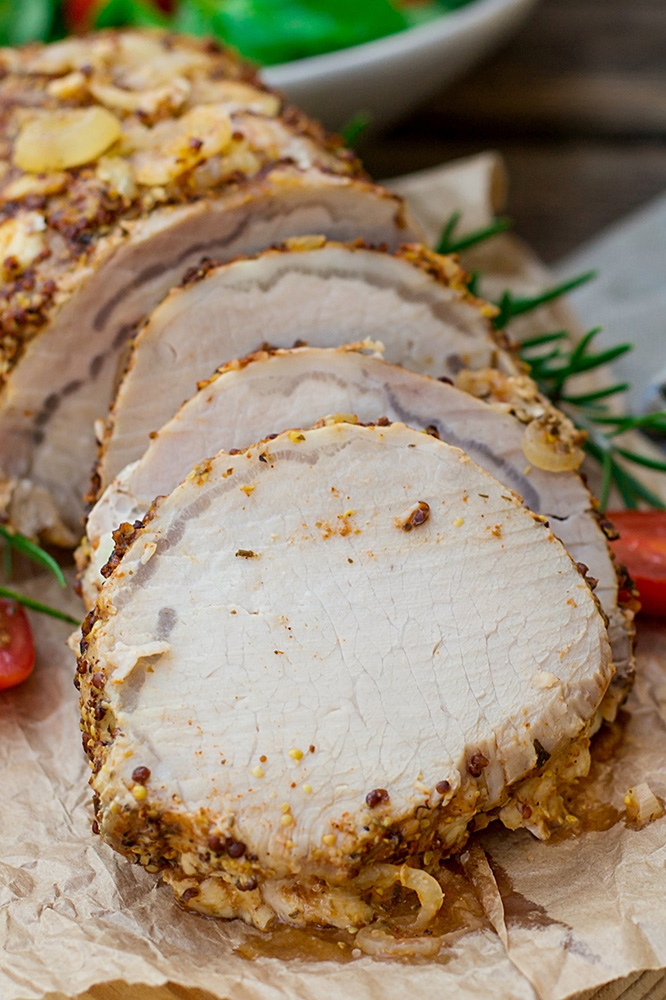
Beef
Higher costs for labor, feed, and trucking continue to keep beef prices at elevated levels. With beef packers paying more for live cattle, we should expect higher beef prices for the remainder of the year.
Despite ongoing inflation, consumers continue to purchase as much beef as they can afford which is supporting higher prices.
Prolonged drought conditions continue to impact many parts of the country which has significantly impacted grading for choice, prime, and premium grades (CAB, SS, & PSA). Prime beef prices remain at historically high levels due to poor availability of prime grade cattle and will persist well into early 2023.
All the major packers expect potential supply issues at some point in the future due to multiple years of herd liquidation. Beyond this year, it is a matter of when not if we see significantly less cattle available in the future.
Despite reduced availability, demand continues to remain strong for prime and premium grades (CAB, SS, PSA) regardless of cut.
- Ribeye pricing has increased more significantly as we approach the holidays as people make plans to get together for family gatherings both at home and in restaurants.
- Striploin pricing has remained steady over the past month and is now at pre-COVID price levels.
- Chuck flat pricing which increased this month will unfortunately be increasing again in December. This increase is primarily due to the higher cost of cattle that packers are paying as well as the overall increased demand for any chuck items.
- Chuck roll pricing has increased significantly over the past month largely due to strong retail demand. With many parts of the country experiencing colder temperatures, retail consumers are gravitating towards braised items like pot roast that feature beef chuck.
- Oxtail pricing, which increased last month, is steady for now.
- Short rib pricing has decreased slightly primarily due to soft demand in export markets in Korea and Japan. The continued strength of the U.S. dollar has contributed to this softness.
As we approach the end of 2022, the prevailing sentiment for the beef industry is cautious optimism as consumer demand remains strong despite ongoing inflationary pressure.
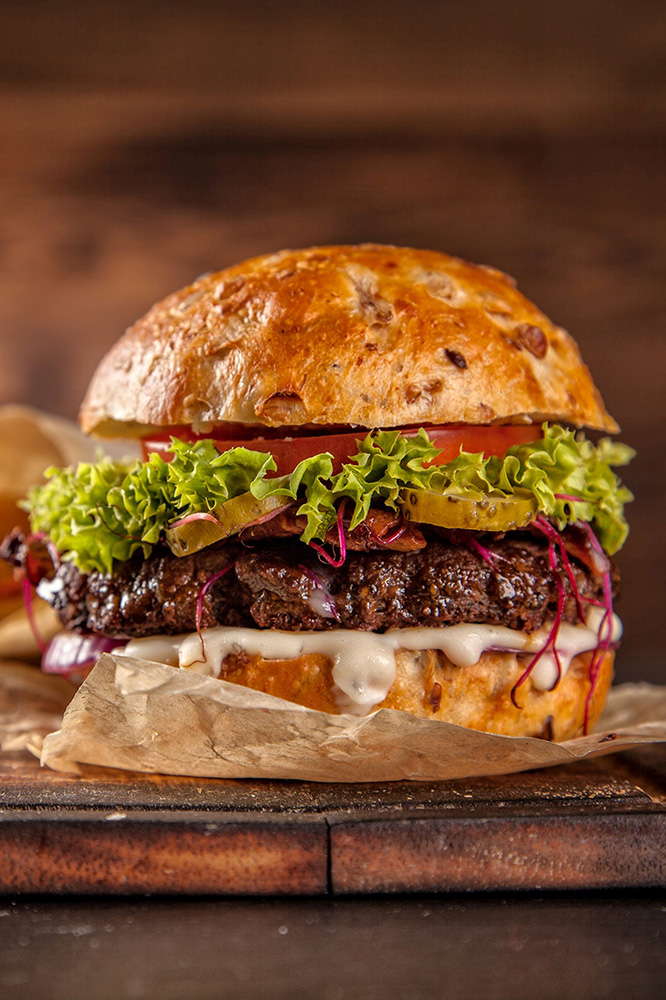
Seafood
- Gold King Crab – Demand for King Crab is still steady for the holiday season. Inventory volumes for larger sizes (16/20 and larger) are diminishing fast and there is no replacements from Alaska and Russia. Smaller sizes in Red and Gold are still available but will also slowly diminish in inventory. There is a Gold King Crab Season, but their quota was reduced by 15% (5.0 million lbs.)
- Snow Crab – Although there will be no Alaskan Season, demand in the US is stable. Suppliers feel that the Canadian Processors are staying firm on their prices and feel that demand will stay constant until the new season in April 2023. A lot of focus will be on the upcoming holiday sales, which will determine the pricing for the balance of inventory that the processors are currently holding.
- N-Atlantic Lobster Tails (Cold Water) – The market is holding steady. The lobster industry is anticipating a strong catch of tails 4/5oz and larger. Majority of the lobsters that are being caught is going to the processing sector as the “Live” market in Asia (mainly China), EU and the USA markets are very quiet. The smaller sized tails may have a stronger demand as the retail markets are promoting 3oz and 4oz sizes.
- Vanamei White Shrimp – Demand for shrimp has dropped off significantly on all sizes, but mainly the larger shrimp. Packers have plenty of raw material in their possession and strugglingly to keep their processing plants running at 100% capacity.
- New Zealand Green Lipped Mussels – The industry is currently experiencing challenges with fulfilling orders. First, there are raw material supply issues. Although these are “Farm Raised”, the mussels are grown in sheltered waterways in the ocean. Unfortunately, they are still susceptible to Global Warming and all the other environmental issues (i.e., predation, parasites, and toxins). Due to the warming temperatures of the ocean and pollution, this has slowed the growth process. It now takes longer for the mussels to get to market size. The other factor is labor. New Zealand relies heavily on foreign workers in all facets of the industry. Majority of it is in manual labor, mainly in the processing plants. When Covid hit, the industry shut down and many of the workers returned to their home countries and never returned. Others found work in a different industry. There are containers on the water, unfortunately no set ETA. There will be medium sized available on the incoming containers. But the large size will not recover until hopefully sometime in January 2023.
